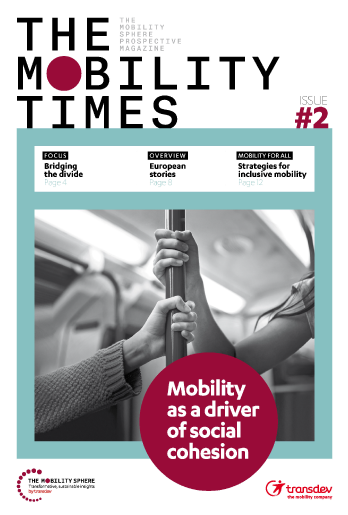
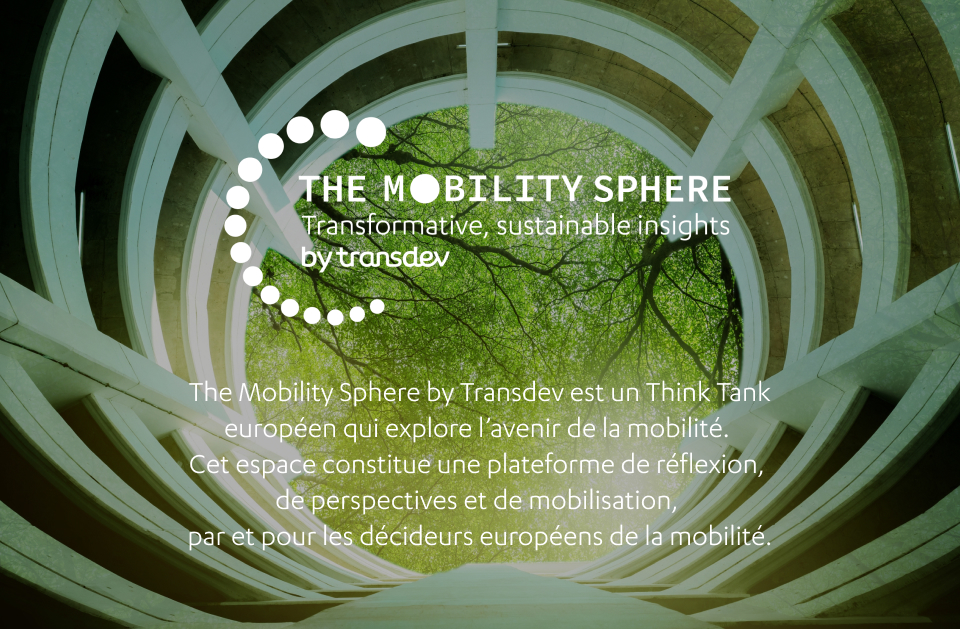
- Tous
- Accès
- Accueil
- Bien commun
- Biodiversité
- Changement
- Climat
- Cohésion Sociale
- Concurrence
- Data
- Décarbonation
- Design
- Désirabilité
- Frontières
- Infrastructure
- Investissements publics
- Logistique
- Marche
- Neurosciences
- Paysages
- Pollution
- STI (Systèmes de transport intelligents)
- Voiture
Thématiques
Comment la mobilité favorise-t-elle la cohésion sociale en Europe ?
Valérie Devaux, Députée européenne
The Mobility Times s'est entretenu avec Valérie Devaux, députée européenne, au sujet des efforts européens visant à rendre la mobilité accessible, abordable et durable.

-
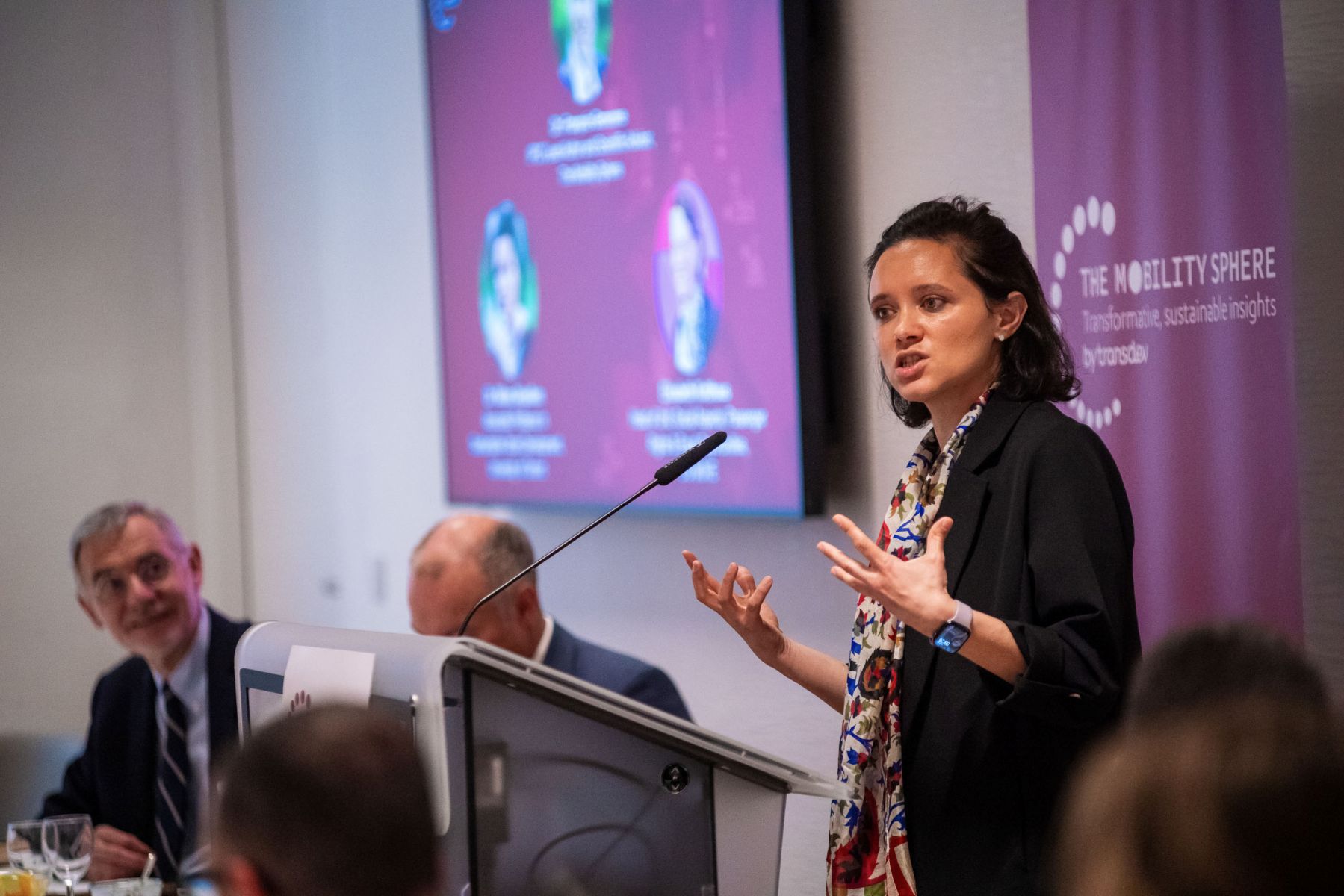 Interview
Cohésion Sociale
Interview
Cohésion Sociale
Nous devons reconnaître la mobilité comme un droit fondamental.
Entretien avec Nihan Akyelken, chercheuse à Oxford, qui s'exprime dans The Mobility Times : "La mobilité ne se résume pas à se déplacer".
-
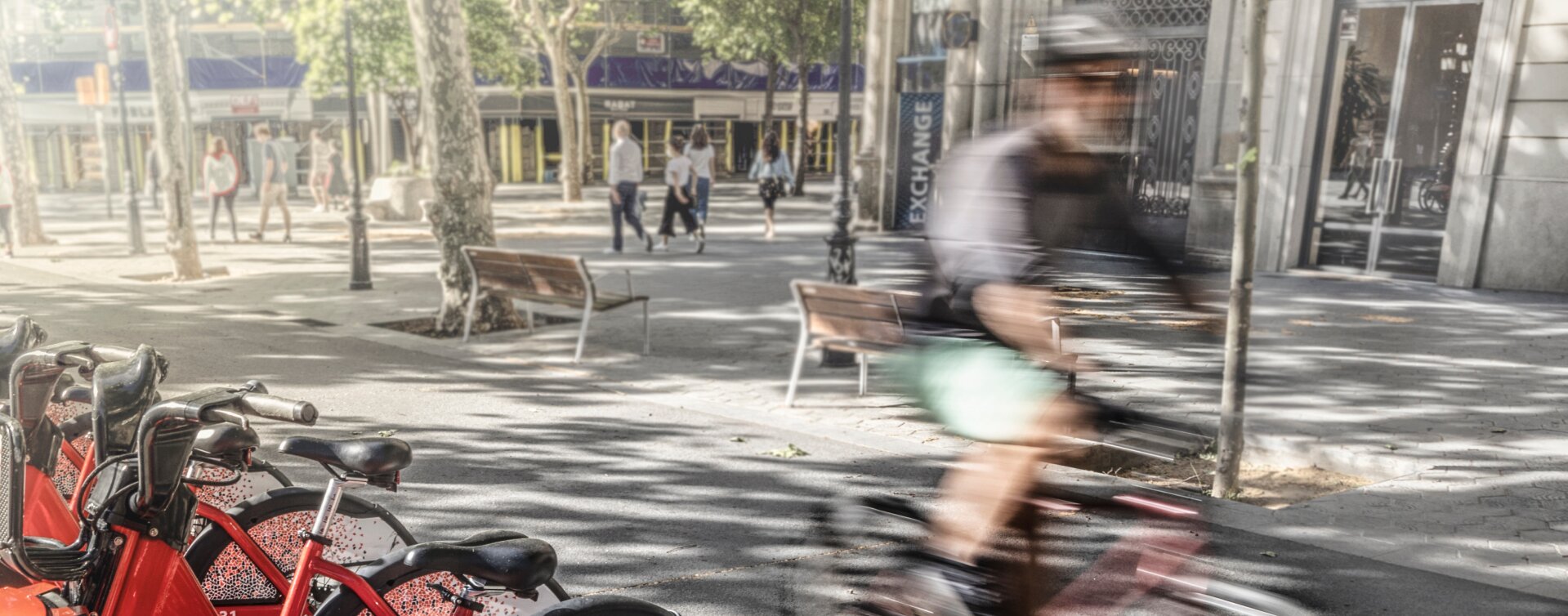 Edito
Cohésion Sociale
Edito
Cohésion Sociale
Mobilité et politiques sociales : un même combat
Mobilité et politiques sociales : Pourquoi les populations vulnérables doivent être une priorité pour réussir la transition dans les transports.
-
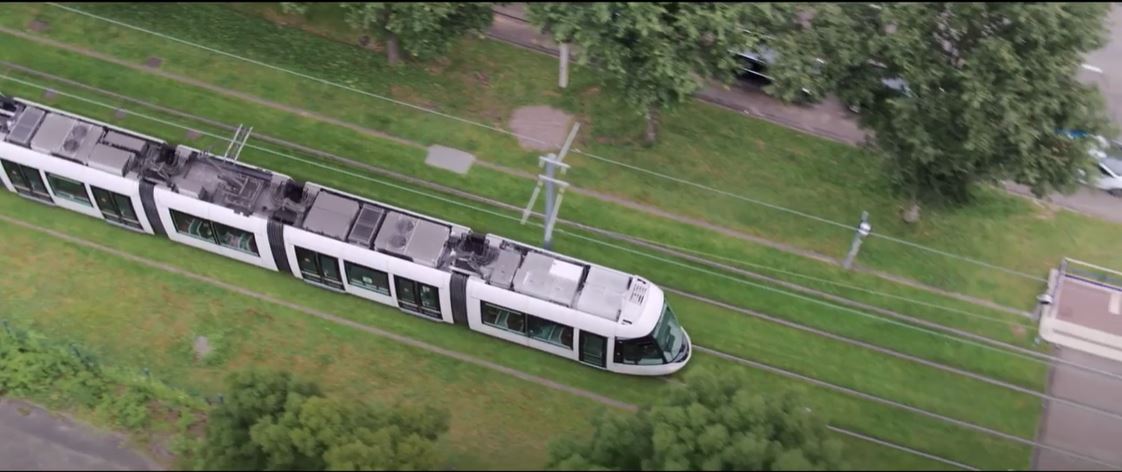 Interview
Bien commun
Interview
Bien commun
Quel continuum entre mobilité sociale et mobilité géographique ?
Margaux Nebout nous raconte dans cette interview le lien entre la mobilité sociale et la mobilité géographique.
-
 Interview
Climat
Interview
Climat
Transports plus rapides tout en étant durables et sécurisés ?
Dans cette interview, Vincent Moindrot, revient sur la question des transports rapides, durables et sécurisés.
-
 Interview
Investissements publics
Interview
Investissements publics
La mobilité quotidienne doit être une priorité
Laurent Mazille, Directeur des affaires publiques du Groupe Transdev, explique pourquoi La mobilité quotidienne doit être une priorité.
-
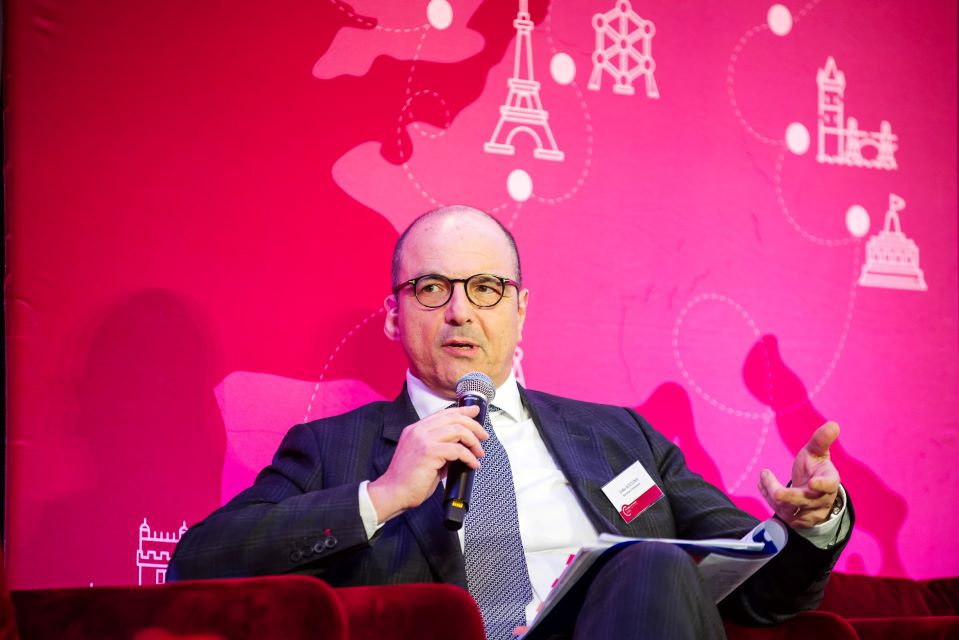 Interview
Cohésion Sociale
Interview
Cohésion Sociale
Un faucon maltais pour la démocratie européenne
Colin Scicluna, Chef de cabinet de la vice-présidente de la Commission européenne chargée de la Démocratie et de la Démographie.
-
 Interview
Décarbonation
Interview
Décarbonation
Ecologie et solidarité : unir nos forces
Les organisations non gouvernementales qui se concentrent sur la politique liée au bien-être social ont des contributions à apporter sur l’avenir de la mobilité.
-
 Insights
Cohésion Sociale
Insights
Cohésion Sociale
Stratégies et gouvernance pour atteindre une mobilité inclusive et la cohésion sociale
Stratégies et gouvernance pour atteindre une mobilité inclusive et la cohésion sociale.
-
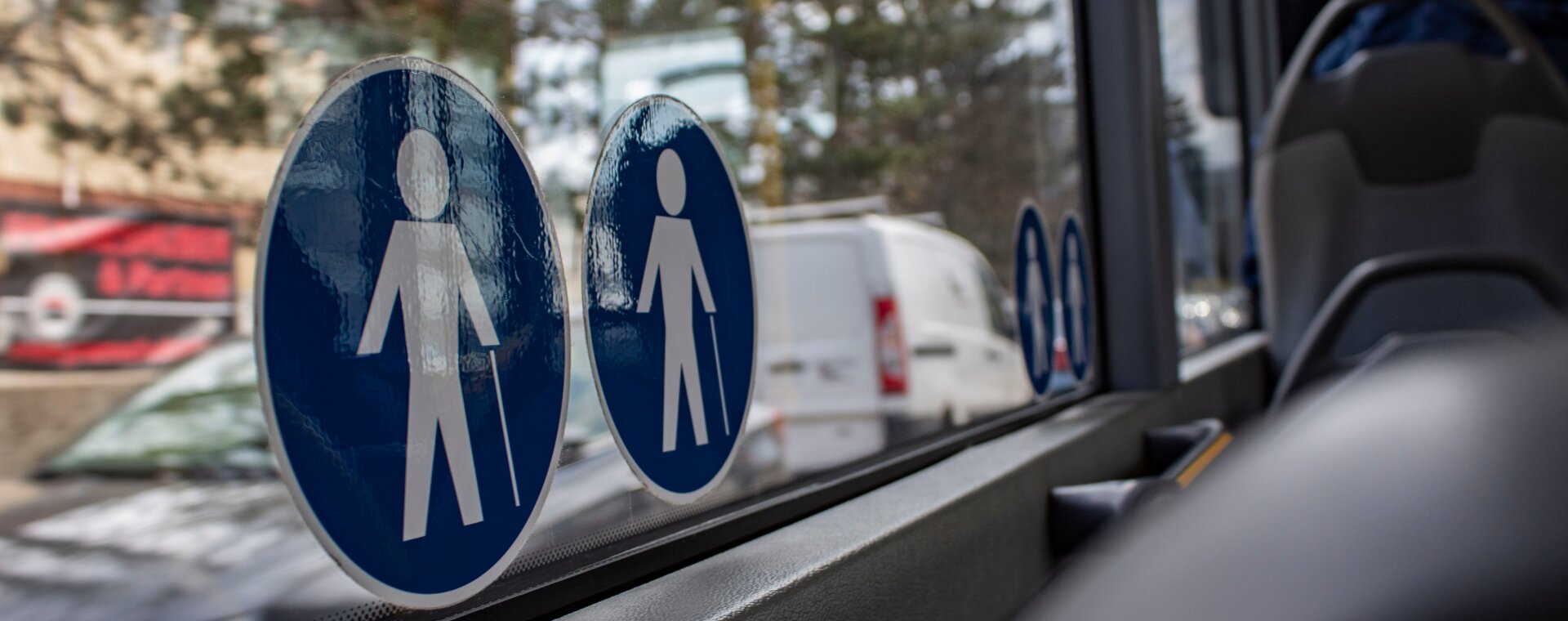 Insights
Cohésion Sociale
Insights
Cohésion Sociale
Pourquoi la mobilité est cruciale pour la cohésion sociale
Le maintien de la cohésion sociale est un défi majeur pour les décideurs politiques qui devraient donner à la mobilité un rôle central.
-
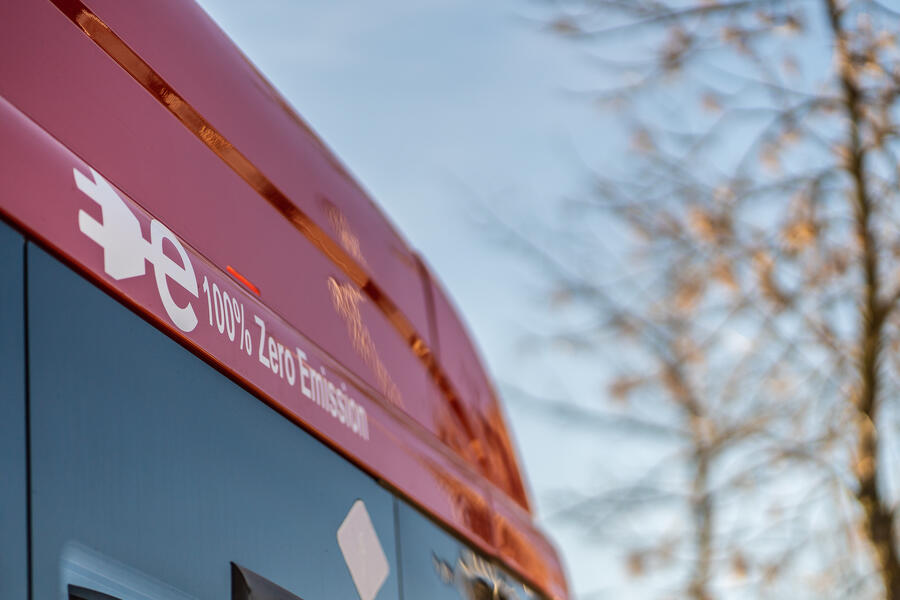 Interview
Climat
Interview
Climat
Comment aligner les objectifs de la transition écologique sur les réalités et les contraintes budgétaires nationales ?
Xavier Roseren, Député français
-
 European Stories
Cohésion Sociale
European Stories
Cohésion Sociale
La mobilité à travers l’Europe
La mobilité et la cohésion sociale sont des thèmes évidents pour le deuxième forum The Mobility Sphere, organisé à l’approche des élections européennes,
-
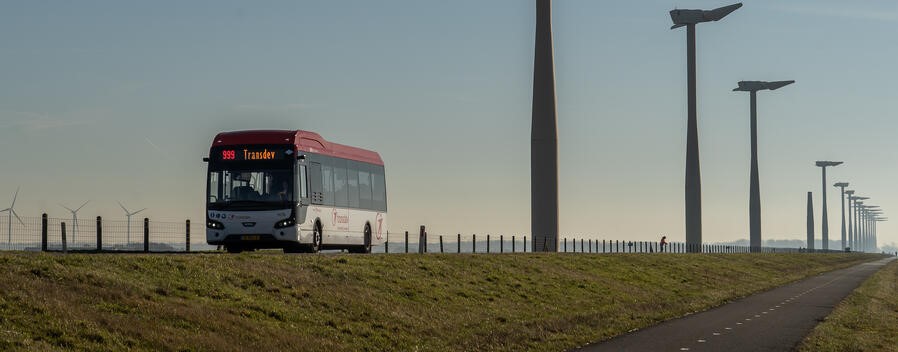 Interview
Climat
Interview
Climat
Quel rôle joue la mobilité dans la transition verte ?
Xavier Roseren, Député français
-
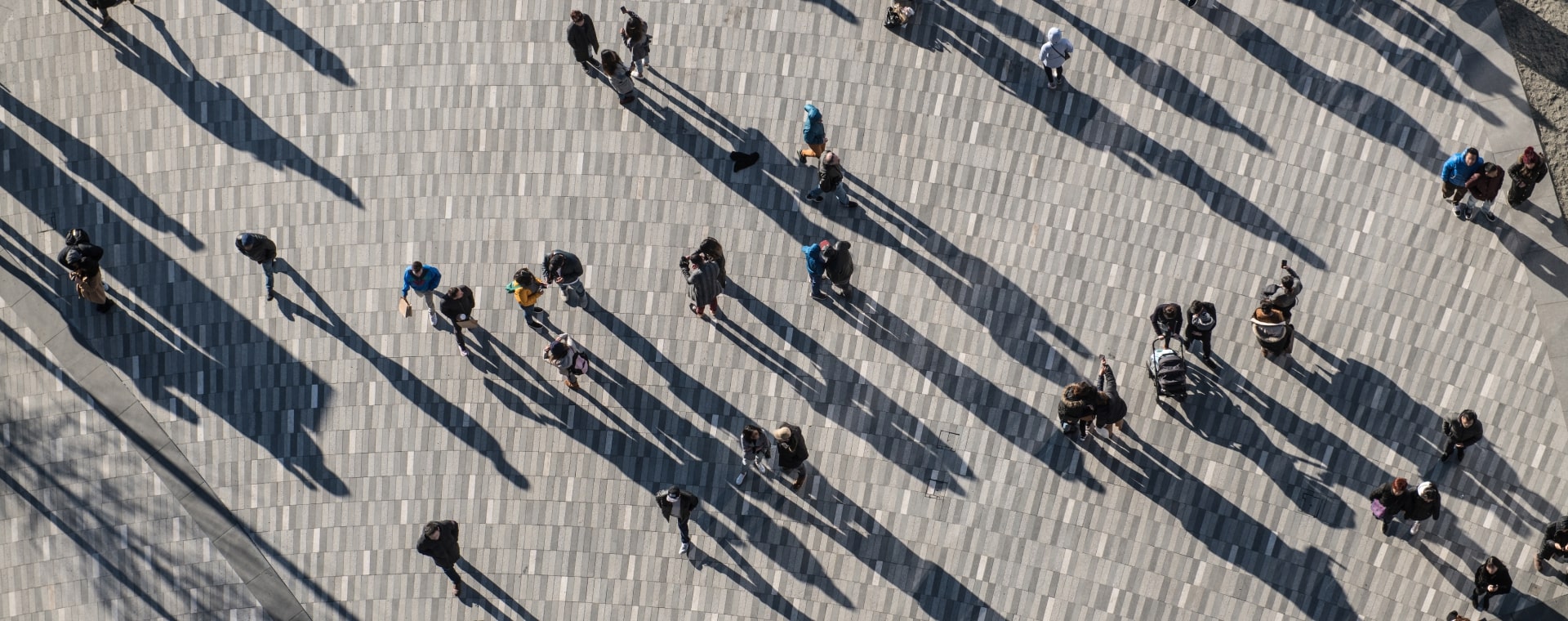 Interview
Climat
Interview
Climat
Pourquoi l’adaptation au climat est-elle une question cruciale ?
Antoine Poincaré, Directeur de la Climate School au sein d’AXA Climate
Nathalie Allegret
Directrice des activités nationales et du développement, division villes et collectivités Equans (services multitechniques)
En savoir plusThierry Apothéloz
Conseiller d'Etat de la République et du canton de Genève, chargé du département de la cohésion sociale.
En savoir plus
